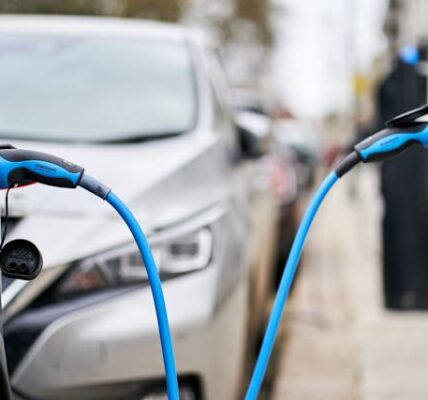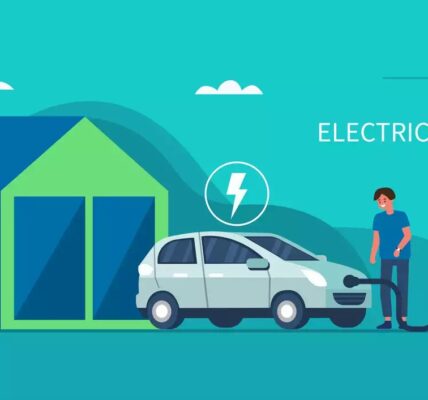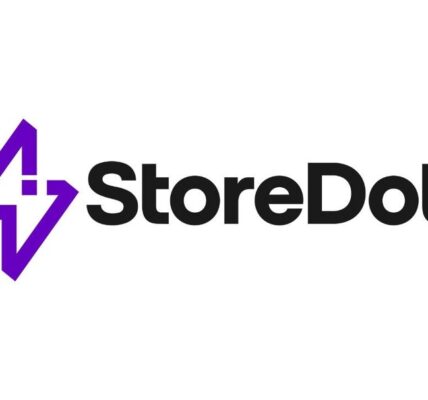There are approximately 2 million cars registered to New York City households, a number that doesn’t even include taxis, buses, motorcycles, commuters, or vehicles from outside of the five boroughs. Every day, those drivers navigate traffic, potholes, a short supply of parking, infamously bad road manners, and the fraught consequences of driving in a city that could probably use a lot fewer cars.
Now, imagine a future where most of those cars, if not all, run on electricity instead of gasoline.
One way or another, the future we seem headed toward will need a lot more plugs. The purchase and use of electric vehicles in New York City is rising quickly, but the city’s public charging infrastructure leaves a lot to be desired — worse, even, than the rest of the country’s admittedly subpar network.
Fixing that is the next big play from Revel, the Brooklyn-based ridehailing service that started in 2018 with its signature neon blue rental mopeds and graduated to an all-Tesla Model Y ridehail alternative to Uber and Lyft. Having grown that operation quickly, it’s now moving into the charging business in a big way.
In January, Revel announced it would build five “Superhub” fast-charging sites across the city in addition to the one it operates in Bedford-Stuyvesant, Brooklyn. These hubs will add another 136 charging stations and will serve any EV, not just Revel’s ridehailing vehicles. The current plans call for 60 stalls in Maspeth, Queens; 30 stalls in the Bronx’s Port Morris; 20 stalls in Red Hook, Brooklyn; 16 stalls at The Dime building in South Williamsburg; and an additional 10 stalls at Pier 36 in the Lower East Side between the Williamsburg and Manhattan bridges.
All of them will open by the end of this year, the company says, except for the Red Hook location, which is slated to open in 2024. A Revel spokesperson added that the Williamsburg location will be open “very soon.”
Revel hopes this massive injection of EV charging availability will not only power its nascent ridesharing network and enable it to grow but also provide relief for EV owners in the city.
“When you think about big cities in the US like New York, the transition is just stuck in neutral,” Revel CEO and co-founder Frank Reig told The Verge in an interview. “It’s just not happening.”
Compared to the thousands of EVs in the city, 136 charging stalls may not sound like very many. But it’s key to remember these are fast-charging stations capable of at least 150kW, which should be able to power an EV to near-full levels in just 10 to 20 minutes, depending on the vehicle’s capabilities. This means vehicles from across the five boroughs will be able to charge and go fairly quickly and have charging access they may not have had otherwise.
They’ll also be a boon to Revel’s own expansion plans as well as the scores of Uber and Lyft ridehail vehicles that Mayor Eric Adams wants to be all-electric by 2030 — although that goal faces significant hurdles of its own.
Taken together, Revel says these additions will triple fast-charging access in New York City and that the Maspeth Superhub will be the largest public fast-charging station in the Western Hemisphere.
As for safety concerns around adding high-voltage fast charging in areas like Red Hook, which faced severe flooding during Hurricane Sandy, Revel spokesperson Robert Familiar said: “Revel’s Red Hook Recharge Zone will make the Red Hook community more resilient during extreme weather events. The 20-stall V2G [vehicle-to-grid] system combined with on-site solar+storage can back up the local grid during peak demand and potential blackout situations. All critical infrastructure at the site will be elevated above the 100-year floodplain.”
It’s a big move for Revel, which now operates its moped business in several cities and its electric ridehail service in New York and parts of New Jersey. Besides eschewing fossil fuels, Revel is also notable in the space for paying its drivers as employees, not independent contractors as Lyft and Uber infamously do.
Reig said one goal is to counter what he called “a classic chicken-and-egg” problem: EV adoption is slowed by the lack of infrastructure, but building that infrastructure is contingent on EV demand.
Certainly, EV growth is happening in New York City. But the user experience to go with it is not.
According to New York state data, about 19,000 EVs were registered in New York City’s five boroughs as of early February. That number is growing quickly as more new EVs enter the automotive market. In 2022, those boroughs saw 7,771 new EV registrations, up from 5,513 new EV registrations the year prior. (The city also counts about 9,700 registered plug-in hybrid cars, which may also use the charging infrastructure from time to time.)
In January, the number of EVs registered in NYC passed 1 percent for the first time, a percentage sure to increase as car companies ramp up electric offerings in the years to come. And as The New York Times recently noted, EV registrations in parts of the greater metro area (and the city itself) have seen triple-digit growth since 2020; all of those people will need more charging options sooner than later.
Automakers and industry experts generally say the best use case for EVs is to charge at home or the office. Indeed, at Tesla’s recent Investor Day presentation, one image that stood out in the slideshow was of a car powering up inside a private home. But the challenges facing EV owners in multifamily housing are well known; it’s even more difficult in New York City, where apartment complexes with parking lots and space for chargers are far less common than in other cities.
Instead, New York City’s EV drivers face a ramshackle assortment of charging options. Those include chargers in parking garages that may or may not be working or staffed by an attendant who understands how they function; stations fenced off inside private lots; the occasional chargers at places like the Whole Foods in Gowanus; various curbside charging ports installed by Con Edison and NYC’s Department of Transportation (DOT) throughout the city; or in some neighborhoods, the occasional 100-foot extension cord running out of a window.
These are the situations Reig wants to start fixing, starting with New York City — and very likely other cities soon.
Thankfully for NYC’s EV drivers, some relief is coming from other sources, too. Last year, the New York Power Authority’s EVolve NY initiative installed more than 100 fast chargers across the state, and Tesla’s proprietary Supercharger network is already starting to open up to non-Tesla vehicles.
Clearly, Revel isn’t alone in this initiative. But the size of its charging investment could put this company on the map in a way that its blue mopeds and Teslas haven’t yet.
In a wide-ranging interview in late January, Reig talked to The Verge about the company’s NYC charging expansion; its transition from a moped company to a charging provider; the many logistical hurdles involved with adding fast charging in the Big Apple; and where he sees the company going next.








